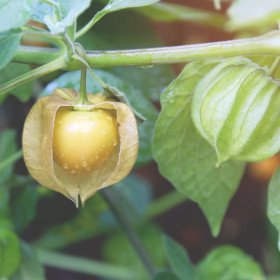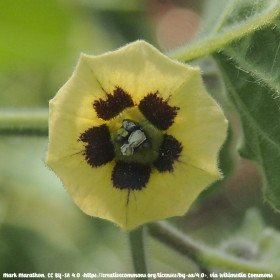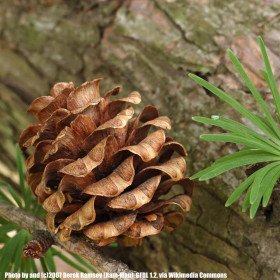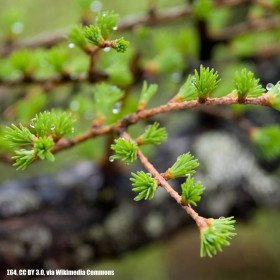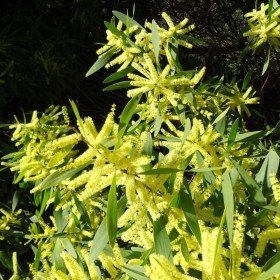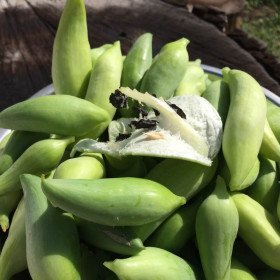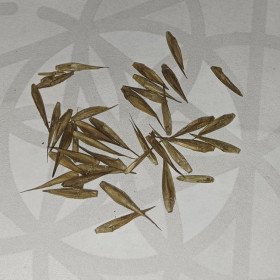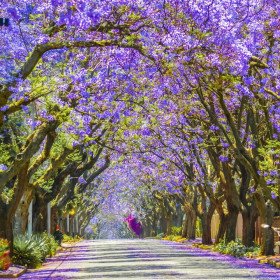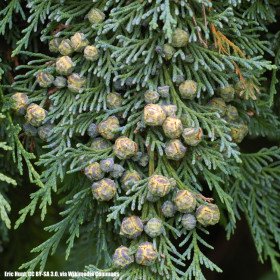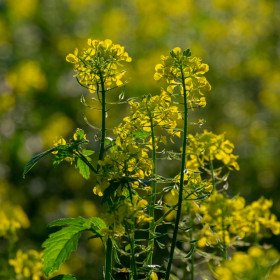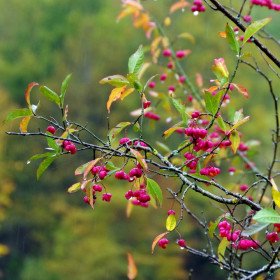10 Graines Oranger des Osages, Maclura pomifera
10 Graines Oranger des Osages, Maclura pomifera
- Modèle : 10 Graines Oranger des Osages, Maclura pomifera
- Disponibilité : 5
- 1,50€
Oranger des Osages, Maclura pomifera |
Maclura pomifera, communément appelée Oranger des Osages ou Bois d'Arc, est un arbre ornemental originaire d'Amérique du Nord.
10 Graines
Description de Maclura pomifera :
- Maclura pomifera est un arbre caduc qui peut atteindre une hauteur de 10 à 15 mètres, voire plus dans des conditions optimales.
- Il a une couronne arrondie et dense, avec des branches étalées.
- Les feuilles de Maclura pomifera sont alternes, simples et luisantes, de forme ovale à elliptique, avec une texture coriace.
- L'arbre est dioïque, ce qui signifie qu'il produit des fleurs mâles et femelles sur des individus séparés. Cependant, les fleurs sont petites et peu visibles.
Utilisation de Maclura pomifera :
- Maclura pomifera est principalement cultivé comme arbre d'ornement pour son feuillage attrayant et sa forme gracieuse.
- Son bois dur et dense est utilisé dans la fabrication de meubles, d'instruments de musique, de clôtures et de poteaux, en raison de sa résistance à la pourriture et aux insectes.
- Les fruits de Maclura pomifera, appelés "pommes d'Osage", sont comestibles mais peu appréciés en raison de leur goût amer. Ils sont parfois utilisés pour fabriquer des teintures naturelles.
Symbolique de Maclura pomifera :
- Maclura pomifera symbolise la force, la longévité et la résilience.
- Dans certaines cultures amérindiennes, l'arbre est associé à des histoires et à des légendes liées à la protection et à la guérison.
Semis détaillé de Maclura pomifera :
- Récolte des graines : Récoltez les fruits mûrs de Maclura pomifera à l'automne, lorsqu'ils sont tombés de l'arbre. Portez des gants car les fruits peuvent libérer une substance laiteuse qui peut irriter la peau.
- Préparation des graines : Rincez soigneusement les graines pour enlever toute la pulpe des fruits. Les graines doivent être stratifiées (exposées à des températures froides) pendant une période de 90 à 120 jours pour favoriser la germination. Vous pouvez le faire en les plaçant dans un sac en plastique avec un substrat légèrement humide et en le stockant au réfrigérateur.
- Préparation du substrat : Utilisez un mélange de terreau bien drainé et de sable.
- Semis des graines : Placez les graines stratifiées dans le substrat à une profondeur d'environ 1 à 2 centimètres. Vous pouvez semer les graines directement dans des pots individuels ou dans des plateaux de semis.
- Conditions de croissance : Placez les pots ou les plateaux dans un endroit ensoleillé et chaud, à une température d'environ 20 à 25°C.
- Arrosage et entretien : Arrosez régulièrement pour maintenir le substrat légèrement humide, mais évitez l'excès d'eau qui peut entraîner la pourriture des graines.
- Germination : Les graines de Maclura pomifera peuvent prendre de quelques semaines à plusieurs mois pour germer. Soyez patient et continuez à fournir les conditions de croissance appropriées.
- Repiquage : Lorsque les plants sont suffisamment grands et robustes, ils peuvent être repiqués dans des pots individuels avec un substrat bien drainé.
- Soins continus : Arrosez régulièrement pour maintenir le sol humide, mais pas détrempé. Protégez les jeunes plants des gelées et fournissez-leur une exposition ensoleillée.
Maclura pomifera est un arbre ornemental unique avec une utilisation variée. Sa culture à partir de graines demande un peu de patience, mais le résultat en vaut la peine pour admirer la beauté de cet arbre majestueux dans votre jardin.
Etiquettes : oranger, osages, maclura, pomifera, GRAINES DE FLEURS & ARBRES Oranger des Osages, Maclura pomifera, Exotiques & Rares Oranger des Osages, Maclura pomifera, Arbres & Bonsaï Oranger des Osages, Maclura pomifera, Oranger des Osages, Maclura pomifera GRAINES DE FLEURS & ARBRES, Oranger des Osages, Maclura pomifera Exotiques & Rares, Oranger des Osages, Maclura pomifera Arbres & Bonsaï








